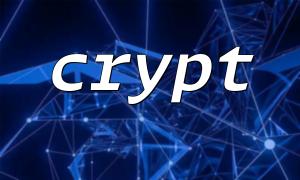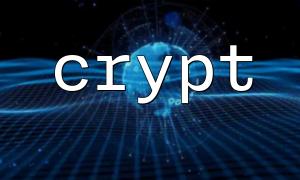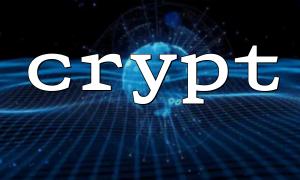In many PHP projects that have been running for years or even over a decade, user passwords are often encrypted and stored using the crypt() function. Although this method was widespread in the past, it has since been replaced by stronger algorithms like password_hash() and password_verify() under modern security standards. However, when migrating or upgrading systems, it is still necessary to maintain compatibility with legacy data, especially when it is not feasible to require all users to reset their passwords.
This article will explain how to smoothly migrate old password data encrypted with crypt() into a new system, ensuring that the new system supports legacy password verification while gradually transitioning users to a more secure encryption method upon login.
PHP’s crypt() function can use various encryption algorithms such as traditional DES, MD5, SHA-256, and SHA-512. The encryption method depends on the “salt” provided:
DES encryption (two-character salt)
MD5 encryption (salt starting with $1$)
SHA-256 encryption (salt starting with $5$)
SHA-512 encryption (salt starting with $6$)
For example:
$hashed = crypt('mypassword', '$1$somesalt$'); // Uses MD5 encryption
To verify a password, simply pass the plaintext password and the full hash back into crypt():
if (crypt($inputPassword, $storedHash) === $storedHash) {
// Password matches
}
The goal is to have the new system support both legacy crypt() encrypted passwords and modern password_hash() encrypted passwords, allowing seamless upgrades upon user login.
The legacy system’s password field might be named password and store the result of crypt(). The new system can continue using this field or introduce an is_legacy field to mark whether the password is encrypted using the old method.
During user login, the system should determine the password format stored and use the corresponding verification method:
function verifyPassword($inputPassword, $storedHash) {
if (password_get_info($storedHash)['algo'] !== 0) {
// password_hash() format
return password_verify($inputPassword, $storedHash);
} else {
// crypt() format
return crypt($inputPassword, $storedHash) === $storedHash;
}
}
Once a user successfully logs in with the legacy password, immediately re-encrypt the password using password_hash() and update the database.
function upgradePassword($userId, $inputPassword) {
$newHash = password_hash($inputPassword, PASSWORD_DEFAULT);
// Assuming a PDO database connection
$stmt = $pdo->prepare("UPDATE users SET password = :password WHERE id = :id");
$stmt->execute(['password' => $newHash, 'id' => $userId]);
}
Call this function after successful verification to enable seamless upgrades.
Although crypt() itself is not very secure, risks can be minimized by using HTTPS and other methods. It is essential to ensure that login interfaces use TLS/SSL encryption.
For example, a login interface might look like this (pseudocode):
$url = 'https://m66.net/api/login';
This interface should be deployed in a secure server environment to ensure the confidentiality and integrity of data transmission.
Here is a complete login handling logic example:
function handleLogin($username, $inputPassword) {
global $pdo;
$stmt->execute(['username' => $username]);
$user = $stmt->fetch();
if (!$user) {
return false;
}
$storedHash = $user['password'];
if (verifyPassword($inputPassword, $storedHash)) {
// If password is in legacy format, upgrade it
if (password_get_info($storedHash)['algo'] === 0) {
upgradePassword($user['id'], $inputPassword);
}
return true;
}
return false;
}
Retaining legacy password verification logic during system migration is a practical approach that safeguards user experience without compromising security. Using the method described above, we can support legacy crypt() encryption and gradually transition to more modern encryption mechanisms, enhancing overall system security. Always remember, security is not only about choosing encryption algorithms but also encompasses comprehensive considerations in data transmission, storage, and system architecture.















